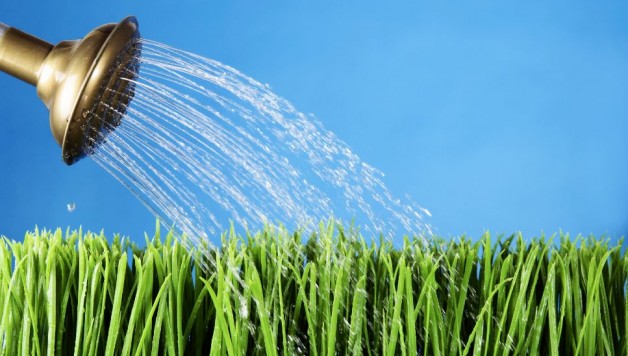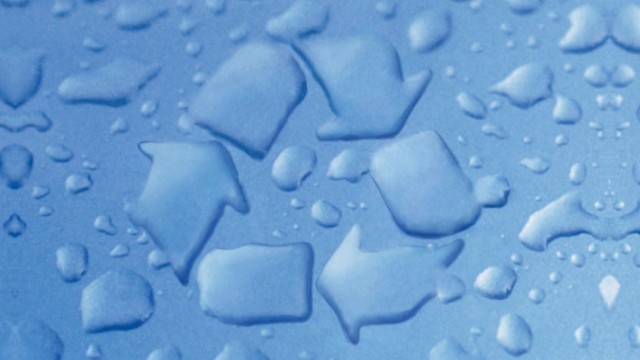Many are still uncertain about the benefits of hydroponics and its water saving methods. Given hydroponic plants grow entirely in water one might think soilless gardening uses more water. Contrary to this perception, some hydroponic systems can actually save up to 10 times the amount of water used in traditional field crop production. The simple explanation is that the water is being used to feed the plants as opposed to the majority of it going directly into the ground where it won’t be used.
Hydroponic systems are closed-loop whereby they cycle their water supply that’s contained in a reservoir – meaning no run-off. The following are some further innovative water saving methods that can be implemented in hydroponic technology within a controlled environment:
Capture Plant Vapor
In order to stay cool, plants transpire – or release vapor into the air. Up to 95% of the water taken up by plants gets transpired as part of their natural water cycle. Typically in a controlled environment the water vapor will be sucked out via the ventilation system as in a greenhouse or grow room. But much like the same concept as heat recovery, a condenser is a water saving method that can recover water vapor from the air to prevent even further loss of water supply.
Use Recycled Waste Water
Recycling waste water is a hot topic right now as many are still put off by the idea of reusing water from toilets. However, a fully-treated and purified water supply stemming from waste water just makes economic and environmental sense and is a valuable water saving method. In controlled growing environments, using recycled waste water from treated sewage is a very efficient means of operation – especially in California greenhouses which must look to maximize their efficiency now more than ever.
Collect Rainwater
Rainwater is a precious and overlooked resource that’s also tremendously underutilized. Buildings that are home to indoor agriculture such as greenhouses, plant factories, and other controlled environment agriculture facilities are the perfect untapped resources for collecting rainwater runoff and recycling it into a usable water supply for irrigation.
What Water Means to Food Security
Achieving our goals of food security and sustainable local food production is largely dependent on our ability to innovate news ways of protecting our resources like water and energy. Both of these are critical components in growing our food more sustainably. Innovation and technological advancement in these areas will become increasingly valuable as cities move towards this model of agriculture.

